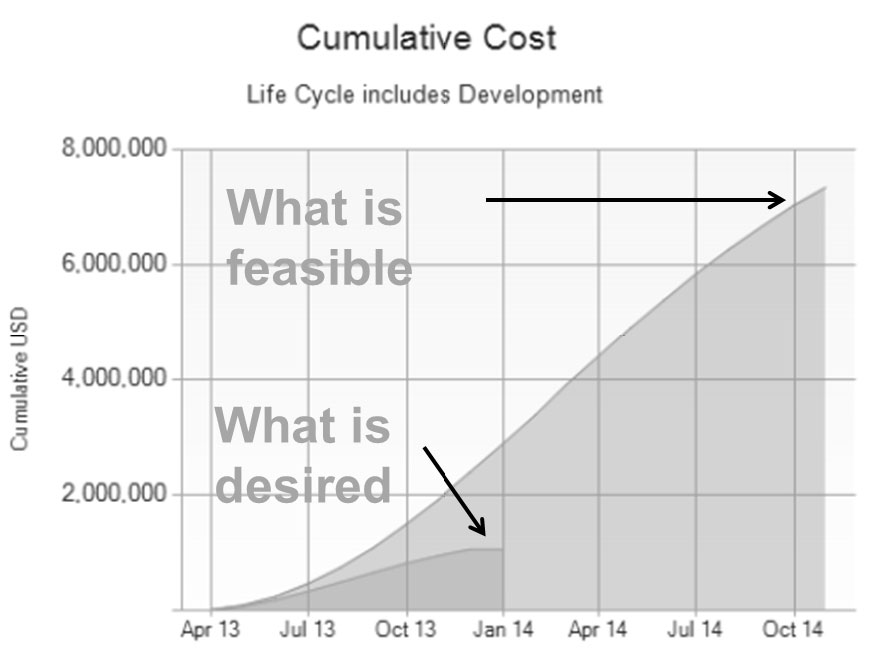Webinar - Bringing Estimation and Business Intelligence to the Enterprise
Watch the webinar replay for Bringing Estimation and Business Intelligence to the Enterprise, presented by Keith Ciocco.
Successful software development estimates depend upon more than just inputs, especially at the enterprise level. They require collaboration between stakeholders, consistency in estimation methods, and historical basis. It's also essential to account for uncertainty and risk. In this webinar, Keith Ciocco demonstrates how SLIM-Estimate and SLIM-WebServices work together to bring reliable business intelligence to the enterprise, while leveraging historical data to increase estimation accuracy and credibility.
As Vice President of QSM, Keith has more than 25 years of experience working in sales and customer service, with 17 of those years spent at QSM. Keith's primary responsibilities include managing business development, existing client relations, customer retention and response.

 Software projects often commit to unrealistic schedule and budget expectations due to little or no information about the size and scope or productivity. Yet the business reality is that projects must be estimated early in the life cycle to support business goals and strategic planning. These challenges can be overcome with a transparent and collaborative estimation process. It depends on metrics collection, analysis, risk comparison, and a structure for sharing the right information with the right people at the right time.
Software projects often commit to unrealistic schedule and budget expectations due to little or no information about the size and scope or productivity. Yet the business reality is that projects must be estimated early in the life cycle to support business goals and strategic planning. These challenges can be overcome with a transparent and collaborative estimation process. It depends on metrics collection, analysis, risk comparison, and a structure for sharing the right information with the right people at the right time.